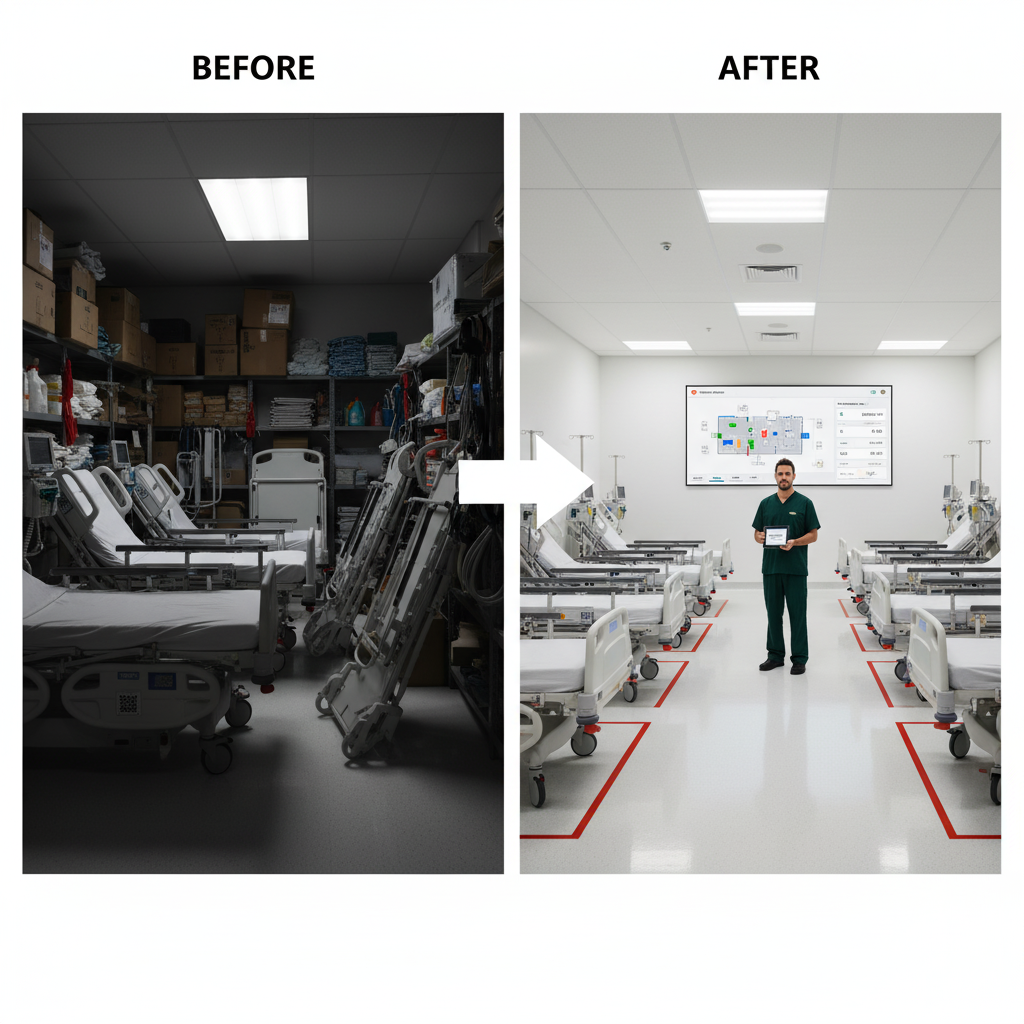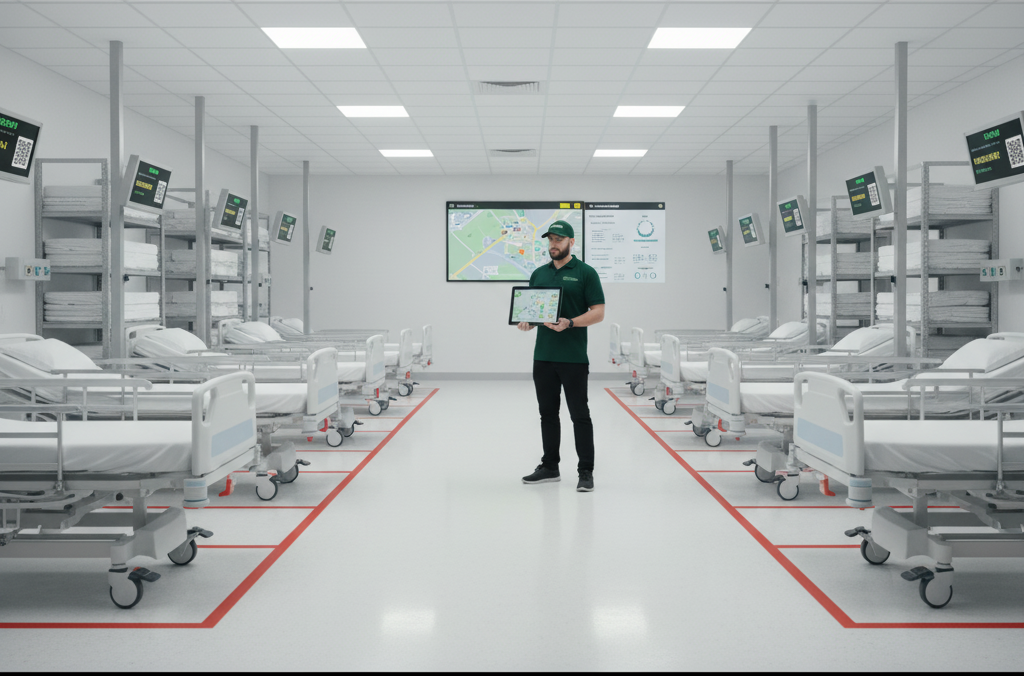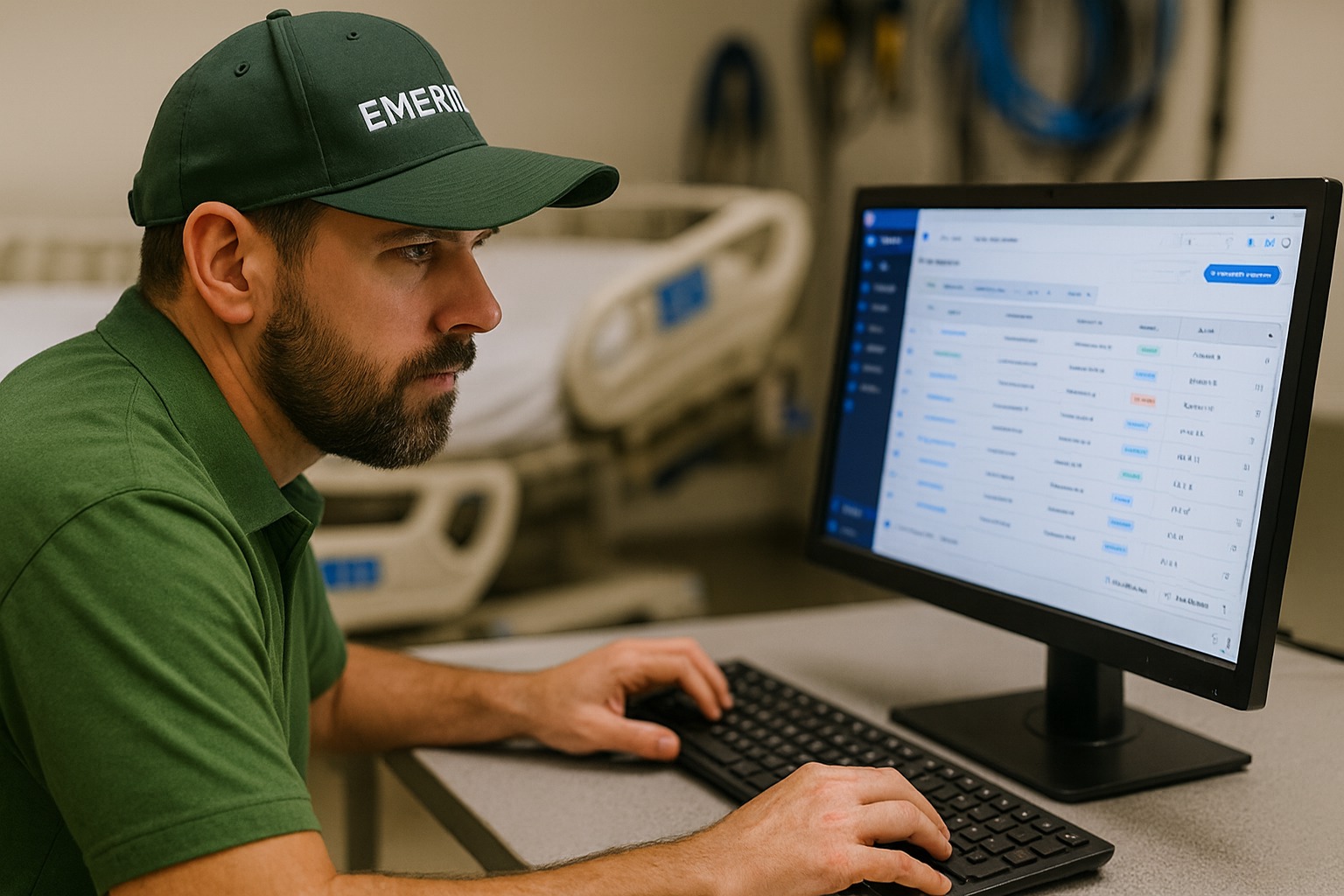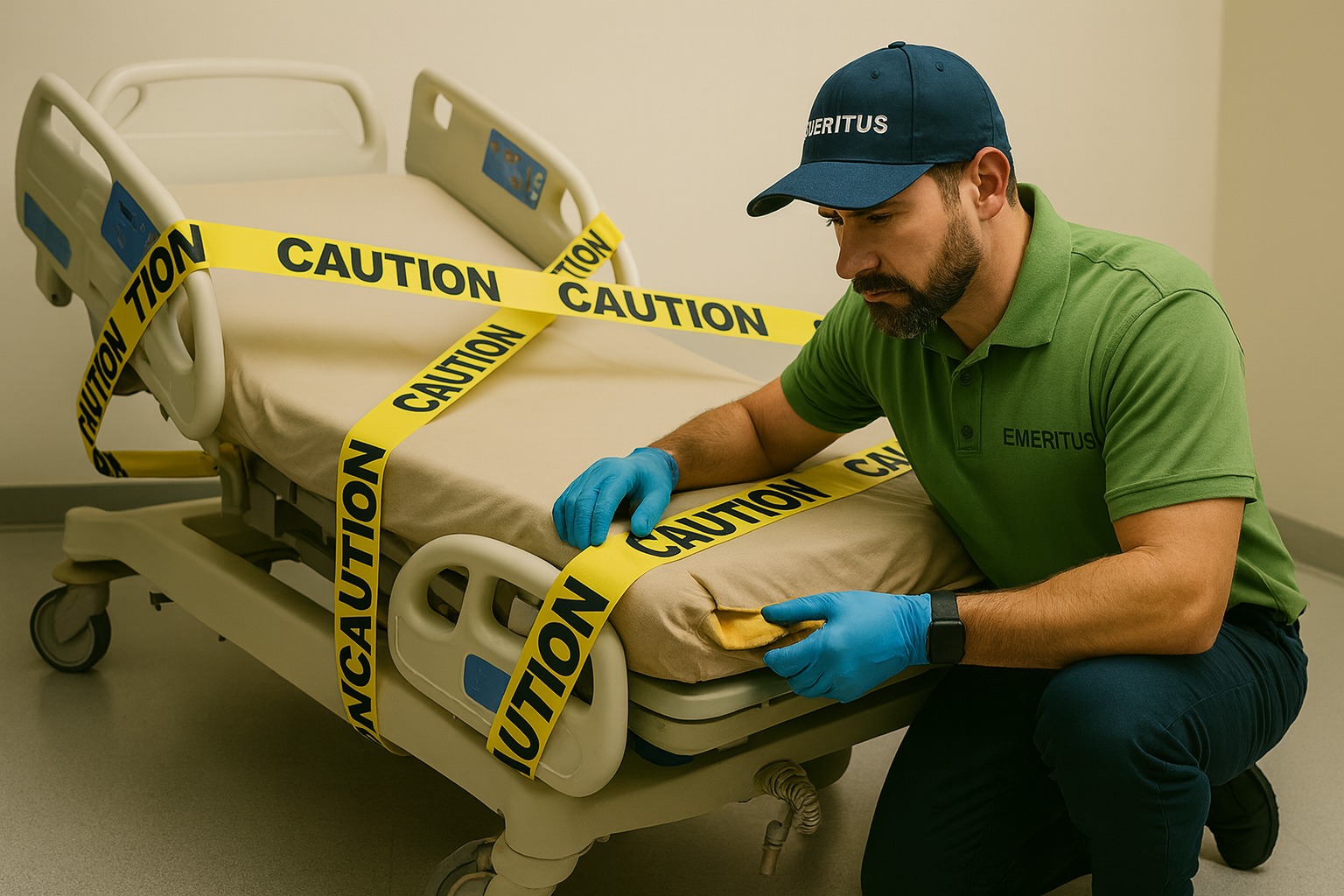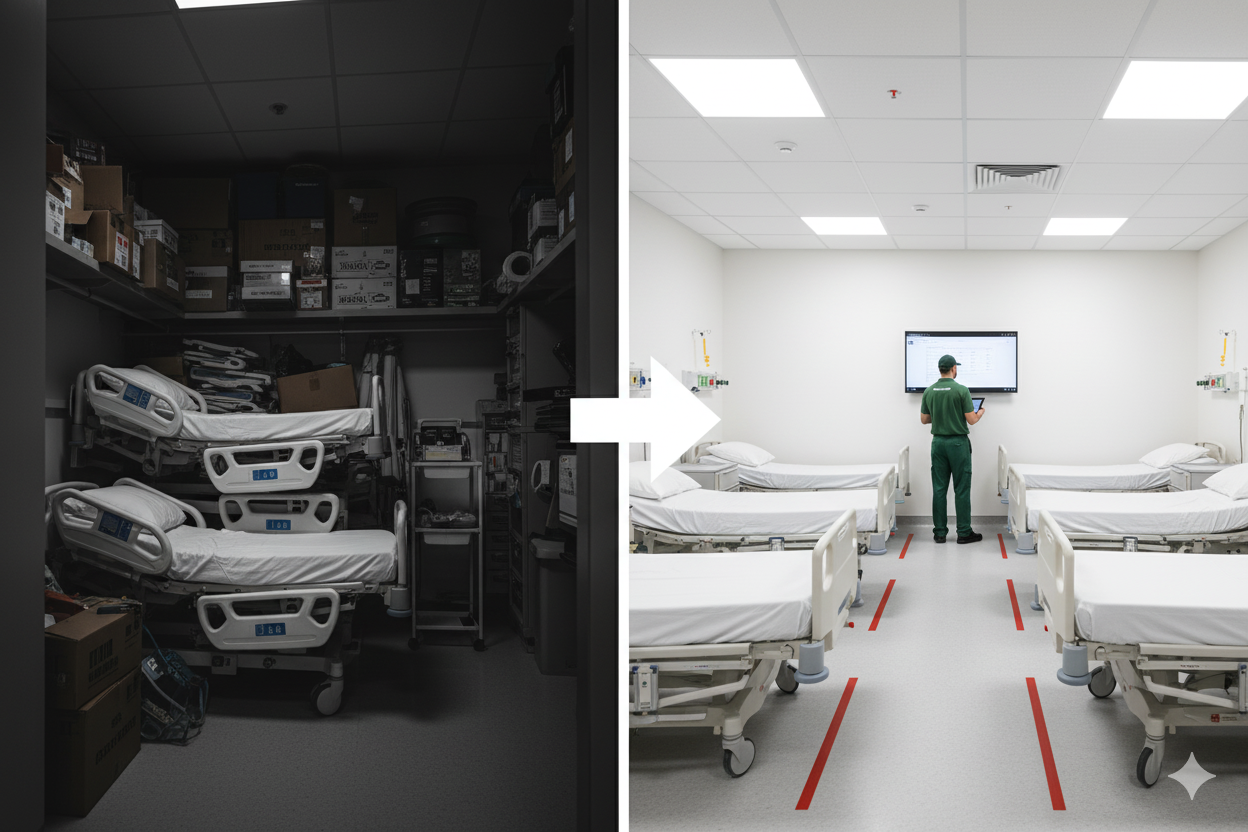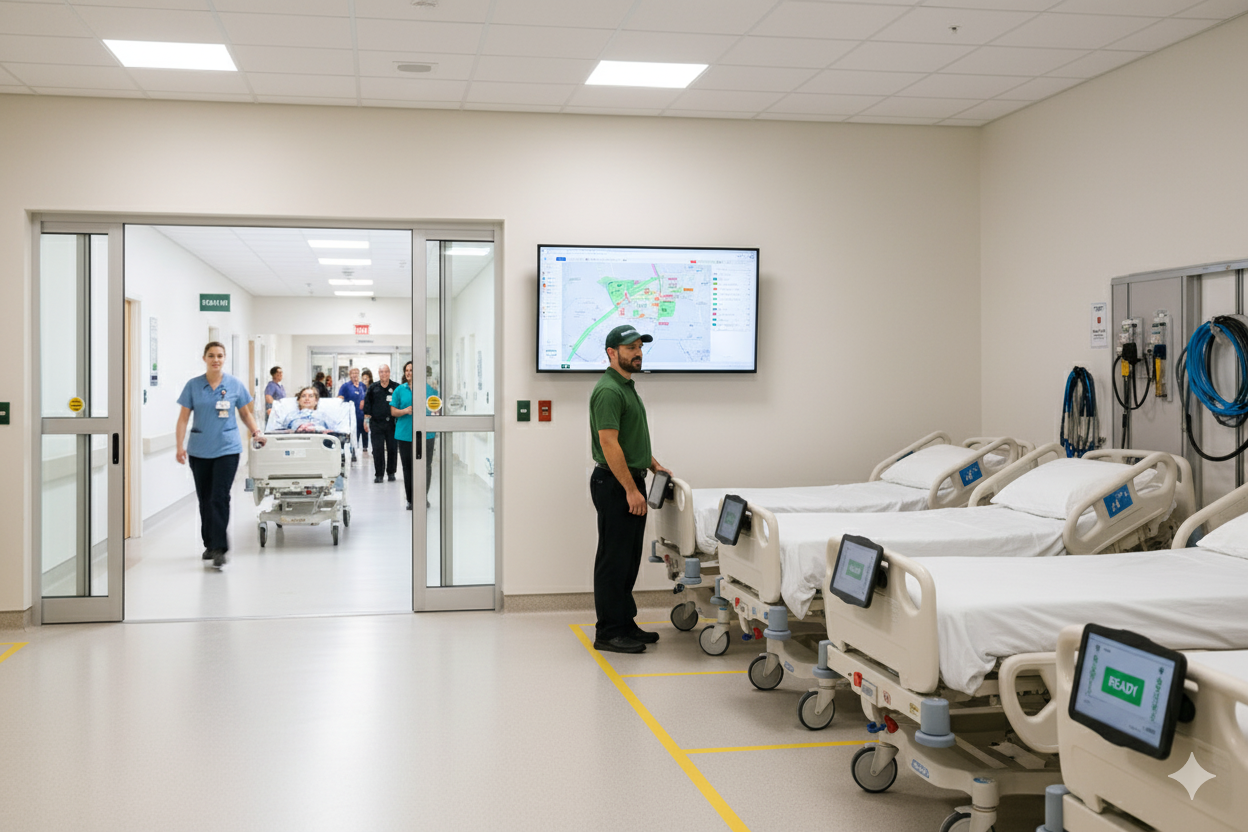
Hospital facilities managers and healthcare technology management (HTM) directors are no strangers to operating under tight budgets and increasing demands. Every dollar spent on maintenance must provide measurable value, while every asset must reliably support patient care. Hospital beds, critical assets in care delivery, require proper maintenance to remain functional, safe, and cost-efficient. Strategic hospital bed maintenance directly addresses these financial challenges, offering measurable savings and improving return on investment (ROI).
The Cost of Neglected Maintenance
Neglecting hospital bed maintenance leads to far-reaching consequences beyond just frequent equipment breakdowns. Without regular preventive measures, beds are prone to more frequent failures, costly repairs, extended downtimes, and early replacement cycles. These disruptions not only increase expenses but also hinder hospital operations by reducing bed availability. A single malfunctioning bed can create bottlenecks in patient admissions, delay transfers, and negatively impact hospital revenue.
Replacing a single hospital bed can cost tens of thousands of dollars, and managing these escalating expenses often requires justification to hospital leadership. Strategic maintenance offers a clear pathway to reducing costs while demonstrating operational value.
Preventive Maintenance Saves Costs and Reduces Headaches
Preventive maintenance is essential, not optional. Regular inspections and proactive servicing can extend the useful lifespan of hospital beds, significantly reducing capital expenditures (CapEx). For example, a 500-bed hospital with an inventory valued at $6 million could cut annual replacement costs in half—from $1.2 million to $600,000—simply by doubling the lifespan of its beds from five to ten years. This annual savings of $600,000 demonstrates the substantial financial benefits of a robust maintenance program (Wang et al., 2024).
Preventive maintenance also reduces the frequency of emergency repair calls, allowing maintenance teams to focus on planned projects rather than reactive fixes. This structured approach minimizes disruptions and ensures resources are allocated more efficiently.
Predictive Maintenance and Technology-Driven Efficiency
Predictive maintenance builds on preventive efforts by leveraging advancements in technology, such as Internet of Things (IoT)-enabled beds. These beds use sensors to monitor performance and detect early signs of wear or strain. For instance, if a sensor identifies excessive motor strain in a bed, the issue can be addressed before it leads to complete failure.
This proactive approach reduces unexpected disruptions, improves operational efficiency, and allows HTM teams to allocate time and resources more effectively. Predictive maintenance also minimizes patient inconveniences caused by malfunctioning beds, thereby improving overall patient satisfaction.
Measuring ROI for Strategic Maintenance
In healthcare environments where every dollar is scrutinized, HTM directors and facilities managers must provide hard data to justify maintenance expenditures. Metrics such as reduced downtime, extended equipment lifespans, and avoided repair costs are critical in demonstrating the ROI of strategic bed maintenance.
For example, extending the useful life of hospital beds reduces CapEx and provides tangible evidence of savings, helping HTM departments make a compelling case to leadership. Such metrics are invaluable for maintaining or increasing departmental budgets while proving the financial and operational value of maintenance programs.
Conclusion
Strategic hospital bed maintenance is an investment that pays significant dividends. By adopting preventive and predictive maintenance practices, healthcare facilities can reduce costs, minimize disruptions, and optimize the performance of their hospital beds. For facilities managers and HTM directors facing relentless cost pressures, implementing these strategies is not just a matter of financial prudence but also a way to enhance operational efficiency and improve patient care.
References
Wang, B., Rui, T., Skinner, S., Ayers-Comegys, M., Gibson, J., & Williams, S. (2024). Medical equipment aging: Part II—Impact on lifespan. Journal of Clinical Engineering, 49(3), 87–96.
The Joint Commission. (2023). Estimated useful lives of depreciable hospital assets. Chicago, IL: The Joint Commission.




